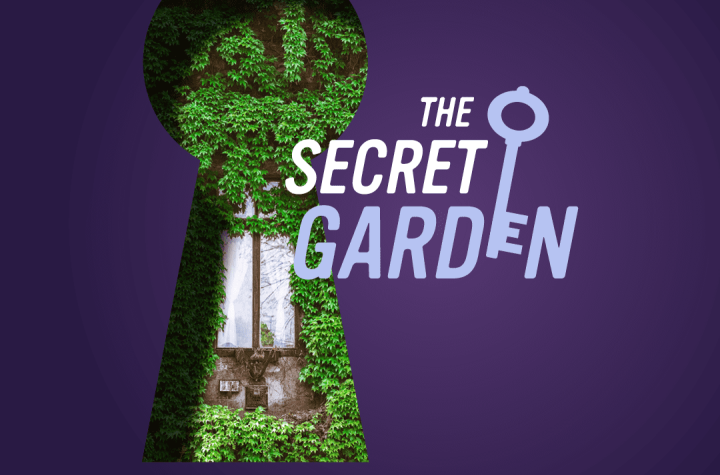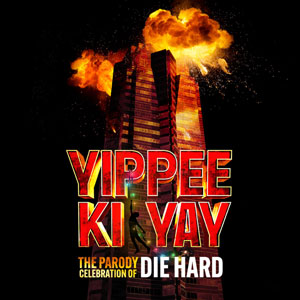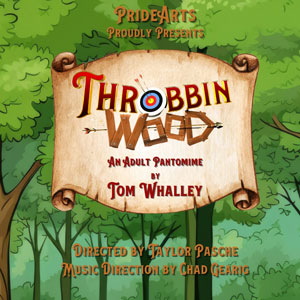
 [rating=4]The symbolism of the rose and the lily formed the basis of musical compositions performed by Music of the Baroque in an exceptional concert on Sunday, December 18, 2022, at the Alice Millar Chapel at Northwestern University, in Evanston. For centuries, these flowers have been associated with the Virgin Mary. She is considered “a rose without thorns” and “lily among the thorns”, both symbols of virtue and purity. This year’s Holiday Brass & Choral Concerts were bound by the theme “A Rose in Winter” in honor of Christmas. The whiteness of winter’s snow, as represented by the lily, is intermingled with the sanguineness and sweet smell of the rose. The blossoming of these treasures of nature indicates the Divine spirit not only motivates the world around us but also rests in people’s hearts. And perhaps one of the best ways to access the Divine in the human soul is through the medium of music.
[rating=4]The symbolism of the rose and the lily formed the basis of musical compositions performed by Music of the Baroque in an exceptional concert on Sunday, December 18, 2022, at the Alice Millar Chapel at Northwestern University, in Evanston. For centuries, these flowers have been associated with the Virgin Mary. She is considered “a rose without thorns” and “lily among the thorns”, both symbols of virtue and purity. This year’s Holiday Brass & Choral Concerts were bound by the theme “A Rose in Winter” in honor of Christmas. The whiteness of winter’s snow, as represented by the lily, is intermingled with the sanguineness and sweet smell of the rose. The blossoming of these treasures of nature indicates the Divine spirit not only motivates the world around us but also rests in people’s hearts. And perhaps one of the best ways to access the Divine in the human soul is through the medium of music.
The MOB’s chorus and brass ensemble was superiorly conducted by Andrew Megill and performed vocal and instrumental music from the 15th century through the present-day, with the majority of the compositions dating from the 16th and early 17th centuries.
The program began with the entire chorus standing in both the right and left aisles of the church—high voices in the right aisle and low voices in the left aisle—with Megill conducting from Row I in the center aisle. Together they sang Sandström’s “Lo, how a rose e’er blooming” a cappella. This staging was somewhat mirrored at the end (before the epilogue) in Juan Gutierrez de Padilla’s lovely mass “Missa Ego flos campi” when we heard a thrilling flourish of bells accompany the singers.
Most interesting was how the exact same words in several compositions were set to different music, emphasizing different soloists and their ranges. The lyrics to “Es ist ein Ros’ entsprungen” were revisited by composers who spanned the centuries: Michael Praetorius and Melchior Vulpius from the 16th century and Hugo Distler from the 20th. The same goes for 16th century composers Claudio Monteverdi and Raffaella Aleotti, who used the same words but different music for “Ego flos campi.” Then there were Giovanni Pierluigi de Palestrina and Leonora d’Este, who each wrote a piece called “Sicut lilium inter spinas.” In all of these works with the same title, we hear different instrumentation and vocal combinations.
Most of the pieces being performed were in medieval English, Latin, or modern European languages (mostly German), and translations can be found in the back of the program. Note that Herbert Howells’ “A Spotless Rose”, Jeremiah Ingalls “Glory to God on high”, and Benjamin Britten’s “A Hymn to the Virgin” were the only works in modern English. I particularly enjoyed the rendition of “Riu, riu, chiu” by Mateo Flecha the Elder. Perhaps the most familiar work on the program was Johann Sebastian Bach’s “Christmas Oratorio, BWV 249. And of course, listening to Mendelssohn was a delight!
Watching the different configurations of vocalists and instruments throughout the concert was fun. Since the brass played all-instrumental numbers while the chorus assembled and reassembled itself, the overall performance never skipped a beat.
Vocalists of note included Susan Nelson (soprano), Allison Selby Cook (alto), Paul Hunter (tenor), and Kevin Krasinski (baritone). MOB’s executive director Declan McGovern making a special shoutout to Barbara Butler, principal trumpetist, for her work with MOB since 1979. He also mentioned that brass players from eight States were present at today’s performance.
If there was any one “fault”, this had to do with the written program. The text should have expanded upon the various components/movements within a particular piece of music rather than just providing the title and composer. For example, I would have liked to know the elements that made up the “Suite from ‘La Danserye’” by Tielman Susato. And second, “Te Deum laudamus” listed the composer as “Solemn Tone” in the program when it should have said “Anonymous.” Now for a comment, not a criticism: I found it interesting how the acoustics at the Alice Millar Chapel work well for voice and organ but give the brass instruments too much of an echoing tone. This made the notes overlap during the performance, giving the sound a muddier quality than it should have had.
That being said, it was two hours of sheer pleasure! Listening to these talented musicians makes it evident that the music and lyrics of the 16th century shaped subsequent composers—just as they can shape us too. This beautiful choral and instrumental concert honored the sprouting and blooming flowers within each one of us. As the classic holiday greeting card states: “May the beauty of nature fill your heart with peace and joy throughout the year.”
Music of the Baroque’s Holiday Brass & Choral Concerts took place at these dates, times, and venues:
 7:30 p.m., Thursday, December 15, at Grace Lutheran Church, 7300 Division St., River Forest, IL
7:30 p.m., Thursday, December 15, at Grace Lutheran Church, 7300 Division St., River Forest, IL
7:30 p.m., Friday, December 16, at St. Michael Church, 1633 N Cleveland Ave., Chicago
2:00 p.m., Saturday, December17, at Saints Faith, Hope, & Charity Church, 191 Linden St., Winnetka, IL
2:00 p.m., Sunday, December 18, at Alice Millar Chapel, Northwestern University, 1870 Sheridan Rd., Evanston, IL
For more information about future performances of MOB, please go to: https://www.baroque.org/ or call 312-551-1414.
COVID requirements vary from venue to venue and are subject to change. For information about COVID protocols, visit: https://www.baroque.org/2022faq.
One additional note regarding the December concerts: folks who missed the concerts can still buy an online stream of the recording taken during the Dec. 17 concert through Jan. 22 at baroque.org. Cost for the stream is $15 per household.






More Stories
“The Elements”, Music of the Baroque reviewed by Julia W. Rath
Bernie G. Yvon Scholarships for 2024-2025
“An Experience That Makes a Difference”